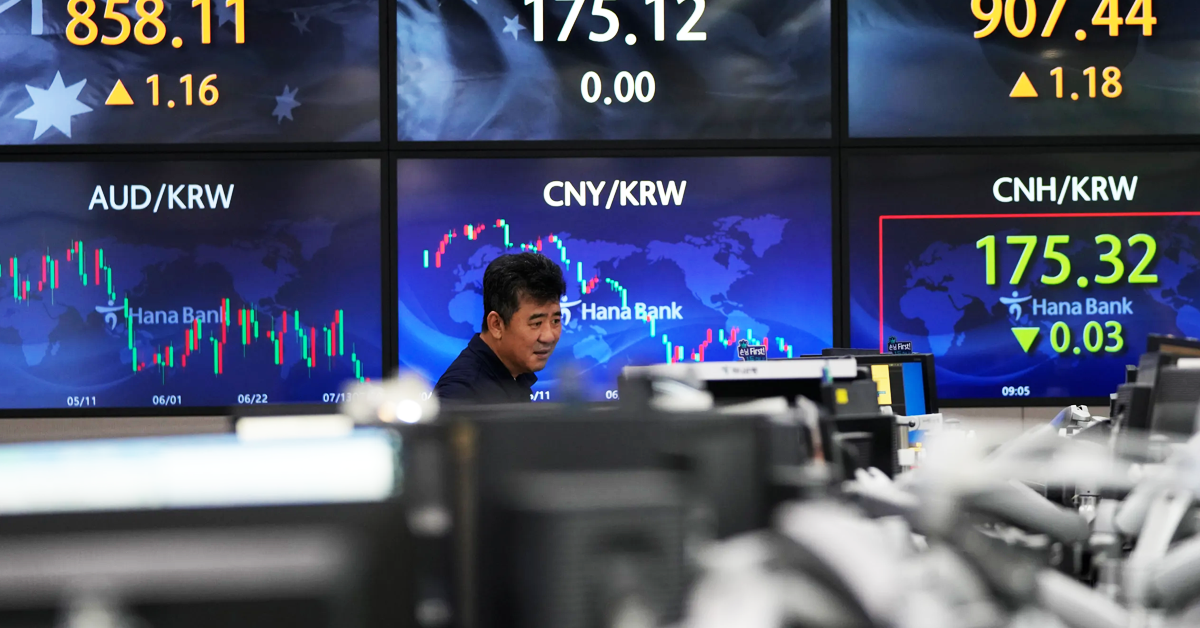Asian Markets Rally, Korean KOSPI Climbs Nearly 1%
The Asian stock market landscape on Thursday presented a tableau of contrasts, yet underpinned by an overarching optimism fueled by the recent dovish turn of the US Federal Reserve. The Fed’s signals hinting at a cessation of its interest rate hikes and a prospective dip in borrowing costs by 2024 have cast a favorable light on market sentiments.
At the forefront of this financial tableau is China’s SSE Composite Index, which modestly edged up by 0.03% to stand at 2,969 points. On the flip side, the Shenzhen Component Index saw a slight retreat, declining by 0.26% to 9,452 points. In the island nation of Japan, the Nikkei 225 index experienced a downturn, dropping by 0.65% to 32,711 points. Meanwhile, the Hong Kong Hang Seng Index bucked the negative trend, ascending to 16,380 points. The standout performer, however, was South Korea’s KOSPI, which saw a notable climb of 0.97% to reach 2,535 points, nearly a 1% uptick reflective of the broader regional optimism.
This financial vibrancy is echoed by the Asian Development Bank’s forecast, which projects an auspicious closure to the year for Asia’s economies. The bank’s prognosis is significantly anchored in the anticipated robust growth emanating from China’s economic resurgence.
In a strategic move, South Korea has recently implemented policy amendments aimed at invigorating its equity market. By removing the requirement for foreign traders to register with local authorities, South Korea has significantly eased the process for international capital to flow into its stock market. This deregulation is expected to augment the influx of foreign investments and thereby enhance liquidity and dynamism in the domestic market.
Amidst this economic activity, a central bank survey in Japan has unveiled a burgeoning confidence within the industrial sector. Japanese manufacturers’ business sentiment has soared to its highest in almost two years over the last quarter, signaling a confluence of factors that could pave the way for the Japanese government to contemplate a gradual rollback of the extensive stimulus measures introduced to buoy the economy during more turbulent times.
These indicators from across the region not only reflect the immediate financial health of these economies but also hint at the broader economic recalibration as Asia positions itself in a world where post-pandemic recovery efforts coincide with shifting monetary policies from major central banks like the Federal Reserve. As such, the Asian markets’ performance is not only a barometer of current economic health but also a precursor to the potential shifts in global financial dynamics in the coming year.

.webp)




